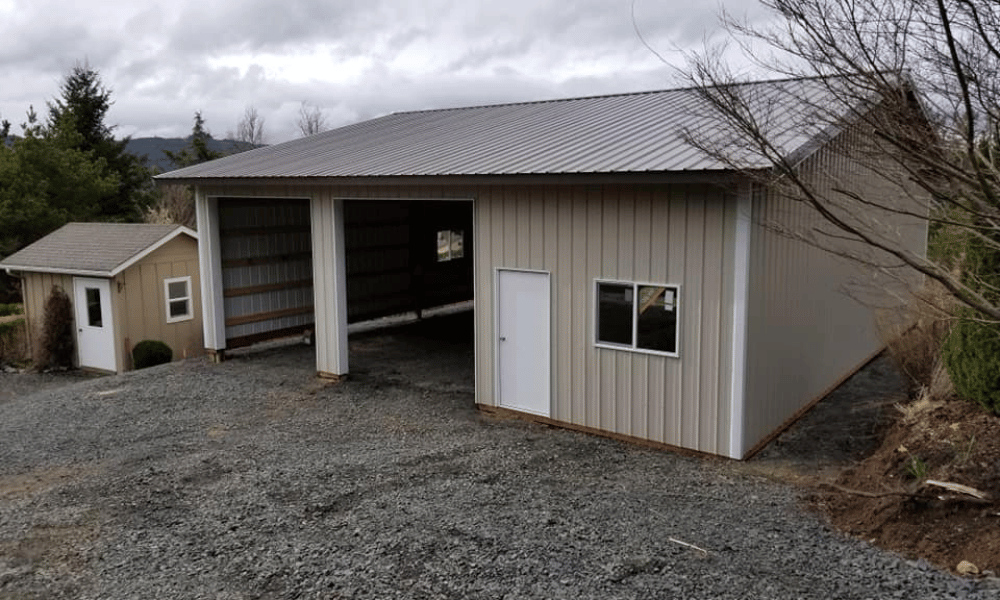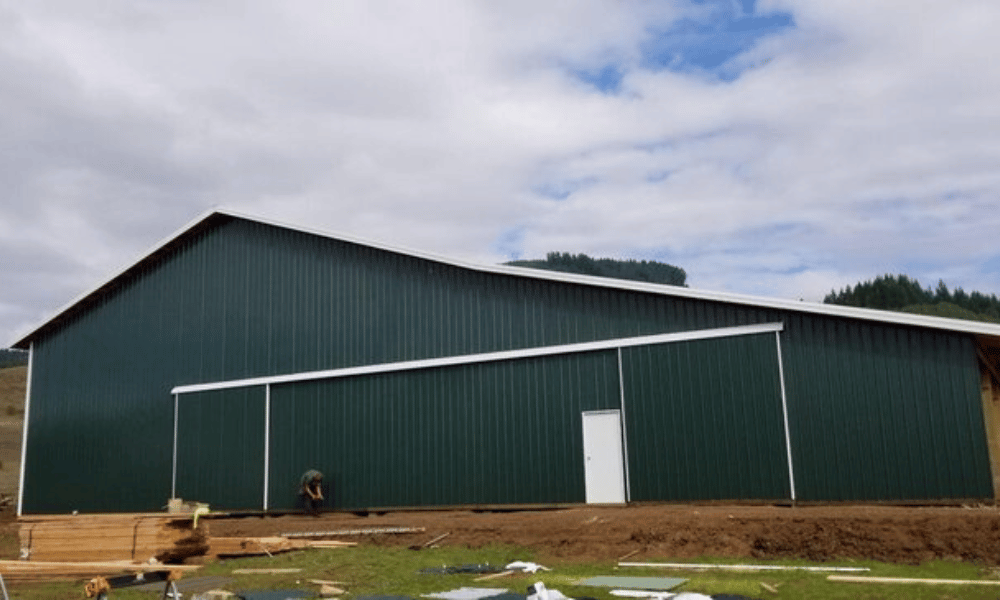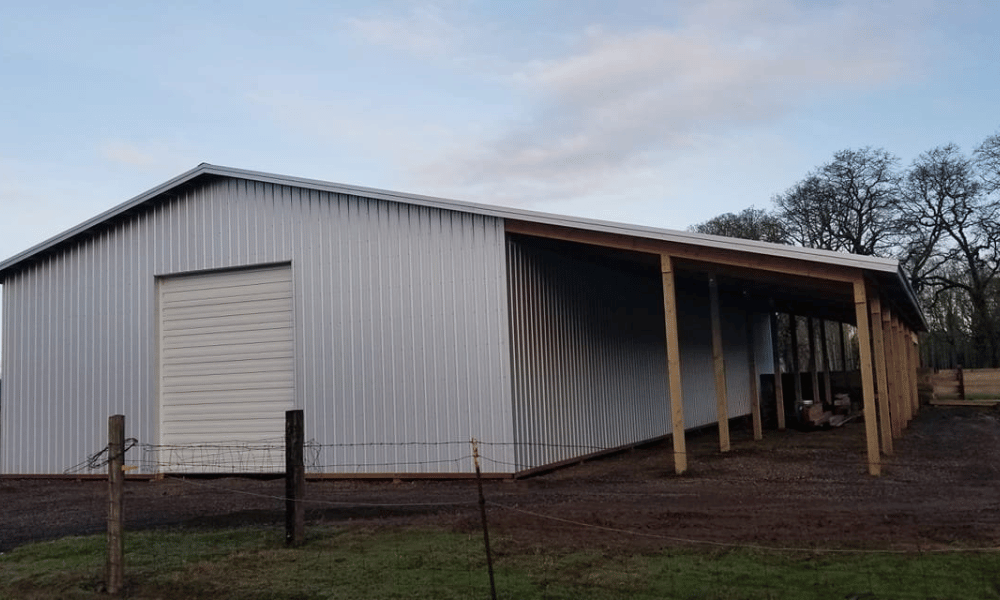Introduction
When it comes to farming, having the right infrastructure is key to ensuring efficiency and productivity. Among the many structures that farmers invest in, a Pole Barn Garage stands out as a vital asset. But what exactly makes this type of garage so beneficial for farming operations? In this article, we will delve deeply into why every farmer needs a pole barn garage for equipment storage, exploring its benefits, design options, maintenance considerations, and much more.
Why Every Farmer Needs a Pole Barn Garage for Equipment Storage
The Essence of Equipment Storage
Farmers are no strangers to the importance of proper equipment storage. From tractors and plows to seeders and sprayers, farming equipment represents a significant investment that requires protection against the elements. A pole barn garage serves as an ideal solution for safeguarding these valuable assets.
Cost-Effectiveness of Pole Barn Garages
One of the primary reasons farmers opt for a pole barn garage is cost-effectiveness. Compared to traditional construction methods, pole barns can be built at a fraction of the cost while still providing ample space for storage.
Affordable Materials
Pole barns are typically constructed using timber or steel poles set into the ground. This method reduces material costs significantly compared to traditional buildings made from brick or concrete.

Labor Savings
Since pole barns are relatively simple in design, they often require less labor for construction. Farmers can even take on some of the building tasks themselves, further cutting costs.
Durability and Longevity
A well-built pole barn garage can last decades with minimal maintenance. The materials used in constructing these garages are designed to withstand harsh weather conditions—be it heavy rain, snowstorms, or strong winds.
Weather Resistance
Pole barns are engineered for durability. Their raised foundation helps keep them dry during heavy rains while their robust structure can handle wind loads effectively.

Low Maintenance Requirements
Unlike other types of buildings that may require regular painting or roofing repairs, pole barns generally need less upkeep over time.
Space Optimization in Farming Operations
Maximizing Usable Space
Space is often at a premium on farms. A pole barn garage provides not just vertical space but also flexible layout options that allow farmers to optimize their available area effectively.
Multi-Purpose Functionality
Many farmers utilize their pole barn garages for various purposes beyond just storing equipment. Whether it's housing livestock or setting up workshops, the versatility adds immense value.
Customizable Layouts
Farmers can tailor their pole barn garages based on specific needs like shelving systems or workbenches that suit their operational workflows perfectly.
Enhancing Workflow Efficiency
Having all tools and machinery stored in one location streamlines workflow significantly. Imagine not having to trek across fields looking for that missing shovel or hose!
Centralized Location
A centralized storage option means less time spent searching for tools and more focus on actual farming tasks—leading to increased productivity.
Organizational Tools and Systems
Farmers can implement organizational systems within their pole barn garages—from pegboards to cabinets—to ensure everything has its place.
Environmental Considerations: Eco-Friendly Choices with Pole Barns
Sustainable Building Practices
More farmers are leaning towards sustainable building practices today. A pole barn garage fits seamlessly into this trend by utilizing renewable resources like timber while promoting energy efficiency.
Natural Insulation Properties
Wooden poles provide natural insulation against temperature fluctuations, which helps maintain stable internal conditions without needing excessive heating or cooling systems.
Reduced Carbon Footprint
Building with locally sourced materials minimizes transportation emissions, contributing positively toward reducing overall environmental impact.
Design Options: Personalizing Your Pole Barn Garage
Choosing the Right Size and Style
When considering why every farmer needs a pole barn garage for equipment storage, design options play an integral role in maximizing functionality and aesthetics.
Determining Size Requirements
What size do you need? Assess your current equipment inventory and consider future purchases when deciding on dimensions.
- Small: For minimal equipment Medium: For small tractor plus tools Large: For multiple vehicles with extra workspace
Style Variations
Farmers have multiple styles from which they can choose:
- Traditional Modern Rustic
The right style will reflect personal taste while ensuring functionality aligns with farm operations.

Integrating Technology into Your Pole Barn Garage
Smart Features That Enhance Usefulness
It's 2023; smart technology is everywhere! Many modern farmers are integrating smart features into their pole barn garages—making life easier than ever before!
Automated Climate Control Systems
Consider installing temperature-sensitive thermostats or humidity monitors to maintain ideal conditions year-round without manual intervention!
Security Systems
To protect valuable equipment from theft or damage consider investing in advanced security measures such as motion sensors connected directly to your smartphone!
Maintenance Tips for Long-lasting Performance
Routine Inspections Are Key!
Regular checks help catch minor issues before they escalate into costly repairs—saving both time and money down the road!
Inspecting Roofs & Gutters Regularly
Keep an eye out for blockages caused by debris buildup over time; cleaning gutters ensures water flows freely instead of pooling around foundations causing structural weaknesses later on!
Check Seals & Weatherstripping
Ensure doors seal tightly against wind-driven rain sneaking inside where moisture could cause damage over time if left unchecked!
Frequently Asked Questions (FAQs)
What size should my pole barn garage be?
The size largely depends on your equipment inventory—consider future growth too!
Are there any zoning restrictions I need to know about?
Yes! Always consult local regulations before beginning construction; compliance helps avoid potential fines later on!
Can I build it myself?
Absolutely! Many farmers opt for DIY projects thanks to easy assembly processes involved in building these structures!
How long does it take to construct?
Construction timelines vary based on size/complexity—but most projects complete within weeks rather than months!
Will I save money over time by having this structure?
Yes! The initial investment pays off through reduced repair costs associated with protecting your valuable assets effectively!
Do I need permits?
Typically yes! Check local guidelines relating specifically towards agricultural structures prior commencing work; better safe than sorry!
Conclusion
In conclusion, there's no arguing that every farmer should strongly consider investing in a pole barn garage. From cost savings and durability to enhanced workflow efficiency and eco-friendliness—the advantages speak volumes about why such structures have become essential within contemporary farming practices today! Pole Buildings Ultimately this investment leads not just toward optimizing operations but also toward securing one's livelihood—an invaluable return worth every penny spent building it! So don't hesitate any longer; explore how you can incorporate this transformative architectural solution into your own farming landscape!